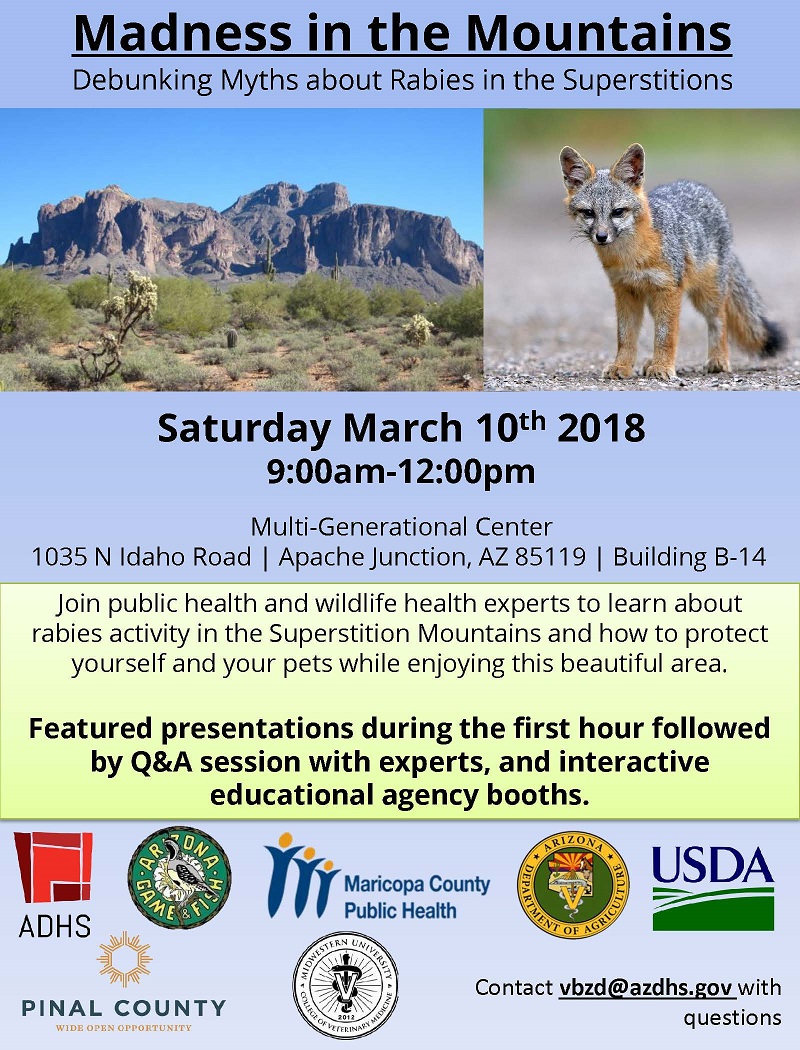Last month I told you about a rare cluster of Guillain-Barré Syndrome (GBS) along the US-Mexico border near Yuma, AZ. Since then, we’ve identified 8 more cases for a total of 24 (7 in AZ, 17 in Sonora). GBS is a rare condition that results in paralysis of the legs, but can sometimes affect the arms and face. While the exact cause of GBS is not well understood, the condition usually occurs after an infection, most commonly from a diarrheal illness caused by the bacteria, Campylobacter. Even with this association between Campylobacter and GBS, only one in 1,000 cases of Campylobacter infection develops GBS and outbreaks of GBS are extremely rare.
We pulled in a team of experts from county, state, and federal levels in both Arizona and Sonora to investigate this outbreak, with unprecedented collaboration on both sides of the border. These dedicated folks have been working with the people who got sick as well as those who aren’t sick (called controls) about their exposures and risk factors – they interview healthy folks to help us identify foods or activities that are more common in sick people and may be causing infections.
The team interviewed over 100 people – now they are analyzing the data. Initial signs indicate that there may have been an outbreak of diarrheal illness due to reduced water quality. Chlorine levels have been increased throughout the water system and additional studies are being done to see if we can identify how Campylobacter may have made it into the water system. It looks like the steps we are taking to stop the outbreak are working since we haven’t had any new cases since the beginning of July and cases of diarrhea have decreased.











